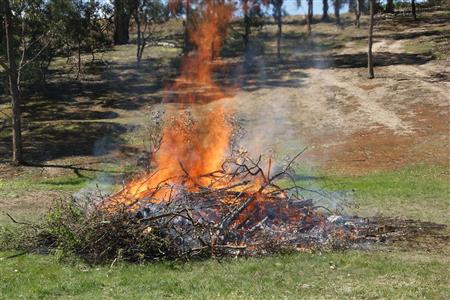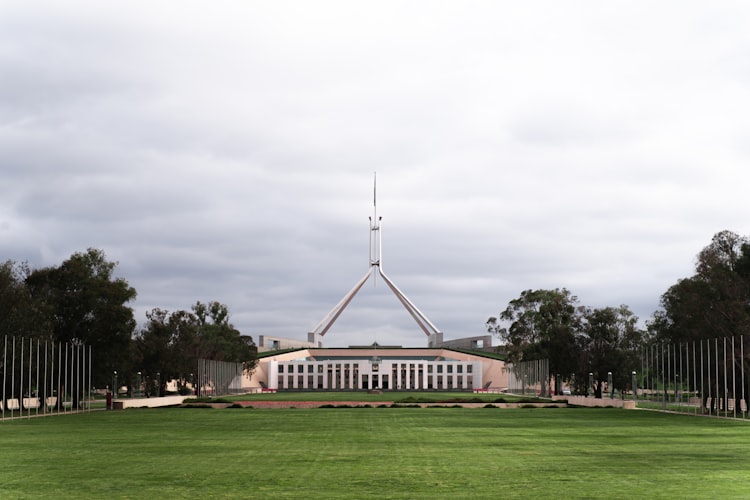Australia’s national environment protection law ignores the big picture. Like a racehorse wearing blinkers, decision-makers focus on a single project in isolation. If they dropped the blinkers and considered the combined effects of multiple projects, they might shy away from allowing so many harmful impacts.
Authors
Rebecca Louise Nelson
Associate Professor in Law, The University of Melbourne
Martine Maron
Professor of Environmental Management, The University of Queensland
Urgent reform is needed because nature is suffering death by a thousand cuts. We have threatened species and ecological communities – groups of plants and animals that live together and interact, such as Western Australia’s iconic Banksia woodlands. That number is likely to grow, as hundreds more .
Today, the , which includes one of the authors of this article, is releasing a . It draws on both international and Australian experience to recommend pragmatic solutions that also minimise the administrative burden for landholders.
The report finds . But rolling out regional planning won’t happen fast, nor will it alone fix this problem. Addressing cumulative impacts on already threatened biodiversity means every impact must be counted, and countered.
Our national environmental laws are lagging
“Cumulative impacts” arise when multiple actions or environmental conditions together cause greater overall impact than threats considered in isolation.
When it comes to regulating the cumulative environmental impacts of new developments, .
Around the world, require a decision-maker to consider cumulative impacts. This includes laws in high-income economies in Europe and North America, as well as our Asia-Pacific neighbours such as Papua New Guinea, Fiji, Indonesia and the Solomon Islands. First Nations peoples often lead the charge for .
Recent legal reforms in some Australian states, such as , and the , and , do the same. But they are not set up to protect matters of national environmental significance. That’s a job for national law.
Tasmanian environmentalists sought to fix this major flaw in a legal challenge that ended in the Full Federal Court in 2015. They argued that, in approving a haematite mine that would harm the habitat of vulnerable Tasmanian devils, the federal environment minister had unlawfully failed to consider cumulative impacts.
But . The court decided there was no requirement to consider cumulative impacts. The then environment minister Tony Burke could continue to ignore how serious the mine’s impacts really were for the devils when combined with other major projects such as logging and neighbouring mines.
Both big and small cuts matter
Cumulative impacts are not just about major projects (such as mines) that already reach decision-makers’ desks, but also small projects that are rarely scrutinised.
Notably, seek approval. Yet for koalas, which are endangered, the cumulative effects of many land-clearing operations – – is a major ongoing threat, .
The federal environment department’s is “even small areas of habitat loss (as little as 1 hectare) can have a significant impact” on koalas. But more than a million hectares of potential koala habitat have disappeared since the law came into force in 2000 – most with no consideration under environment law. unscrutinised.
Without attention to cumulative impacts, policy commitments to “” or be “” can’t work. It’s like trying to fill a bucket while gaping holes at the bottom are draining it.
In a crisis, change is possible
In some cases, public pressure and ecological catastrophe have forced national action on cumulative impacts.
In response to international concern for the Great Barrier Reef, a was introduced – but it only relates to the reef.
Public protests and inquiries drove Commonwealth . This is currently the only “matter of national environmental significance” that requires cumulative impact assessment.
And the Commonwealth in the Murray-Darling Basin during the Millennium Drought. For the first time across the basin, total withdrawals could not exceed an “environmentally sustainable level”. Implementation , but at least there’s now a crucial legal safeguard in place.
Overall, though, our current law is failing. The of the Environment Protection and Biodiversity Act confirmed “cumulative impacts on the environment ” and that this contributes to environmental decline.
What’s holding us back?
Assessing cumulative impacts can be complex, so some developers and politicians will resist. But other developers will welcome better environmental performance. They know cumulative impacts can threaten an industry’s social licence to operate.
Globally, diverse industry sectors support considering cumulative impacts, from , to the and the .
Dealing with cumulative impacts will also mean scrutinising types and sizes of impacts that currently fly under the national radar, but seriously impact nationally important environments.
That means cooperating with states and territories to avoid duplication of assessment and creating innovative approaches – beyond simple regulatory “sticks” – for small but cumulatively significant impacts.
Now is the time
Once-in-a-decade reforms to our national environmental law present an opportunity to protect nationally important species and places from cumulative impacts.
We know the Commonwealth can regulate cumulative impacts when the pressure is on. Now is the time for the Commonwealth to step up and join Australia’s states – and most of the world’s nations – in taking the legal blinkers off decision-makers assessing developments under our national law. Nature depends on it.
The authors acknowledge the contributions of Debbie Medaris, Wentworth Group of Concerned Scientists, and expert attendees of a workshop on cumulative impacts held by the Wentworth group, which have informed this article.
![]()
Rebecca Louise Nelson receives funding from Watertrust Australia, and has previously received funding from the Australian Research Council and the ³Ô¹ÏÍøÕ¾ Native Title Council. She is a member of the Murray-Darling Basin Authority’s Social and Economic Advisory Group, and has been a member of its Advisory Committee on Social, Economic and Environmental Sciences. She is a director of the Board of Bush Heritage Australia. The views expressed in this Editorial are her own.
Martine Maron is a member of the Wentworth Group of Concerned Scientists and co-authored the report mentioned in this article. She has received funding from various sources including the Australian Research Council, the Queensland Department of Environment and Science, and the Australian Government’s ³Ô¹ÏÍøÕ¾ Environmental Science Program, and has advised both state and federal government on conservation policy. She is a director of BirdLife Australia and the Australian Wildlife Conservancy, a councillor with the Biodiversity Council, a governor of WWF-Australia, and leads the IUCN’s thematic group on Impact Mitigation and Ecological Compensation under the Commission on Ecosystem Management.







